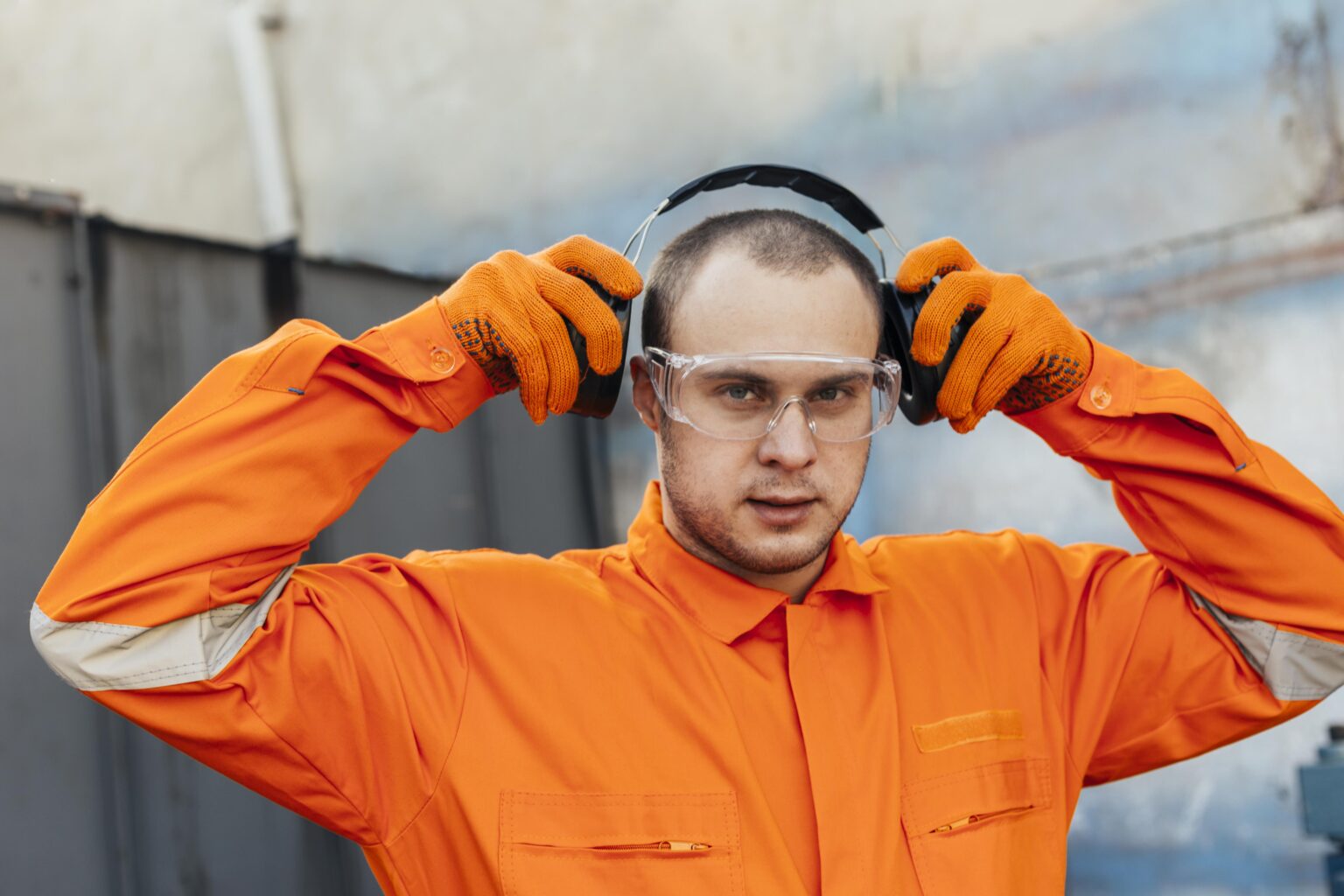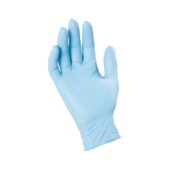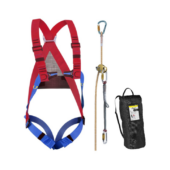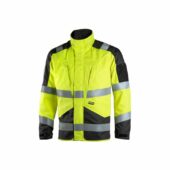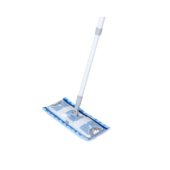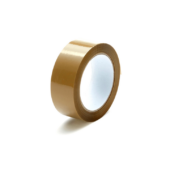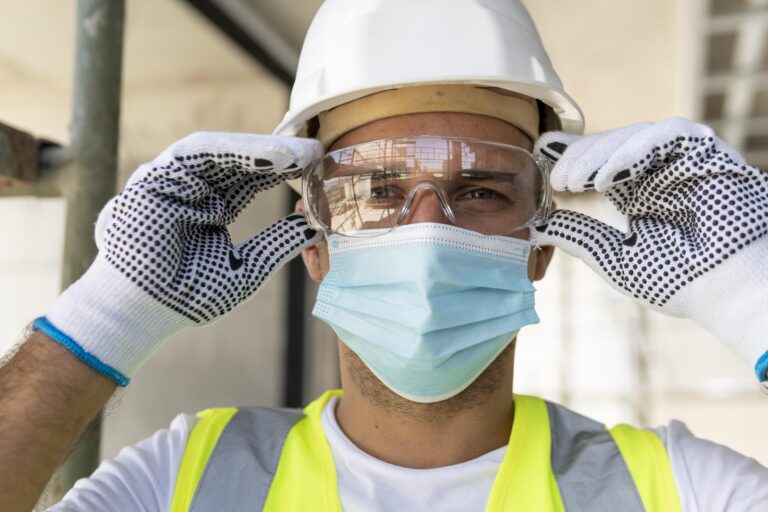Anti-vibration gloves are an essential tool for manufacturing workers, offering vital prevention against harmful vibrations from tools and machinery. For example, workers operating pneumatic drills or industrial grinders benefit significantly from these gloves, as they help reduce vibration-related fatigue and prevent long-term health issues.
This comprehensive guide will walk you through everything you need to know about selecting the best anti-vibration gloves for manufacturing applications.
Whether you’re concerned about comfort, compliance with safety standards, or optimal performance, this article has you covered. For a broader perspective, check out the parent article, How To Choose The Right Anti-Vibration Gloves – A Buyer’s Guide.
Why Anti-Vibration Gloves Are Critical in Manufacturing
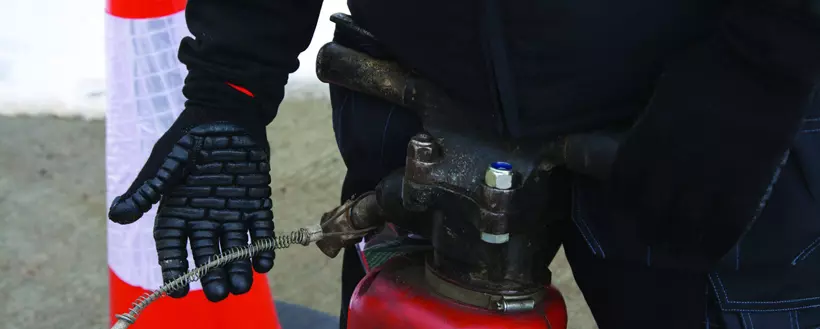
Working with machinery in manufacturing can expose workers to hand-arm vibration syndrome (HAVS), a condition associated with prolonged exposure to vibrations that may affect dexterity and comfort over time. Anti-vibration gloves, also known as vibration dampening gloves, help reduce these risks by absorbing vibrations and improving workplace safety.
For tasks like operating grinders or jackhammers, the right gloves enhance comfort and performance while supporting compliance with European safety standards such as EN ISO 10819. This certification ensures gloves effectively minimize vibration transmission. For more details about such standards, refer to this guide by GuideGloves.
Key Features to Consider When Choosing Anti-Vibration Gloves
Material and Build Quality
Look for gloves made from durable materials like synthetic leather, neoprene, or rubber. These materials are particularly effective in manufacturing settings because they provide excellent abrasion resistance, enhance grip on tools, and withstand exposure to oils and chemicals commonly found in industrial environments. These materials offer excellent grip and durability, essential in manufacturing environments.
- Padding: High-quality foam or gel padding reduces vibration while maintaining flexibility.
- Lining: Breathable and moisture-wicking fabrics prevent discomfort during extended use.
Compliance with Safety Standards
Ensure the gloves meet EN ISO 10819 certification to guarantee they’re effective against vibrations. This certification specifies the performance criteria for gloves that reduce vibration transmission, ensuring they meet safety and effectiveness standards for workers using vibrating tools. Gloves without this certification may not provide adequate prevention.
Dexterity and Comfort
Workers in manufacturing need gloves that allow precise handling of tools. Opt for models with ergonomic designs and pre-curved fingers to reduce fatigue.
Grip and Abrasion Resistance
Slippery tools can lead to accidents. Look for anti-vibration gloves with reinforced palms and abrasion-resistant surfaces for a secure grip.
Size and Fit
Ill-fitting gloves can reduce effectiveness and increase discomfort. Always measure your hand size and consult the manufacturer’s sizing chart to ensure a snug fit.
Comparing Popular Anti-Vibration Gloves for Manufacturing
| Feature | Model A | Model B | Model C |
| Material | Synthetic Leather + Gel Pads | Neoprene + Foam Padding | Rubber + Foam Inserts |
| EN ISO 10819 Compliant | Yes | Yes | No |
| Dexterity | High | Medium | High |
| Grip | Reinforced Palm | Textured Surface | Smooth Rubber Palm |
For a detailed selection of anti-vibration gloves, explore the Anti-Vibration Gloves category.
Tips for Finding the Right Fit
Before purchasing, take these steps to ensure your gloves provide the best protection and comfort:
- Measure Your Hand Size: Use a flexible measuring tape to measure the circumference of your hand just below the knuckles, excluding the thumb.
- Consult the Manufacturer’s Sizing Guide: Check the specific size chart provided by the brand.
- Test Dexterity: Try picking up small tools or bolts while wearing the gloves to ensure dexterity.
Related Products for Enhanced Workplace Safety
In addition to anti-vibration gloves, consider integrating these protective solutions for a safer manufacturing environment:
- Impact-Resistant Gloves: Designed to safeguard hands during tasks involving heavy equipment or tools.
- Cut-Resistant Gloves: Suitable for tasks involving sharp tools or materials.
- Safety Shoes: Essential for preventing foot injuries from falling objects.
For detailed guidance, read related articles such as How To Choose Cut-Resistant Gloves – A Buyer’s Guide and Impact-Resistant Gloves: Everything You Need To Know.
Final Words
We hope this guide has been helpful in navigating the key considerations for selecting the best anti-vibration gloves, from material durability to compliance with safety standards. Whether you’re operating heavy machinery or working with industrial tools, we’re here to support your safety and comfort.
Explore the full range of Anti-Vibration Gloves at Droppe, featuring trusted brands like Fitzner, Ejendals, Skydda that you can rely on for quality protection.
Have questions or need assistance in choosing the right gloves? Don’t hesitate to contact us—we’re always here to help ensure your safety and confidence with every purchase.
– The Droppe Team
Frequently Asked Questions
Anti-vibration gloves are typically made from durable materials like synthetic leather, neoprene, or rubber, combined with vibration-dampening padding such as foam or gel. These materials absorb and reduce vibrations transmitted from tools and machinery, preventing excessive strain on the hands and reducing the risk of conditions like Hand-Arm Vibration Syndrome (HAVS).
Anti-vibration gloves are designed to reduce vibrations from tools like grinders, jackhammers, and pneumatic drills. However, their effectiveness may vary based on the tool’s vibration frequency. For best results, check if the gloves are certified to meet EN ISO 10819 standards, which assess vibration reduction performance.
Look for gloves with EN ISO 10819 certification, which ensures they meet specific criteria for reducing vibration transmission. This information is usually included in the product description or on the packaging.
Yes, many anti-vibration gloves are designed with ergonomic features such as pre-curved fingers and thin yet durable materials to enhance dexterity. Be sure to test the gloves by performing tasks that require precision, like handling small tools or fasteners.
While anti-vibration gloves primarily reduce vibration transmission, some models also offer additional features like cut resistance, impact resistance, or chemical resistance. Check the product specifications to ensure they meet your specific workplace safety requirements.
Maintenance and cleaning guidelines vary by material:
Synthetic Leather and Neoprene Gloves: Wipe with a damp cloth and mild soap. Avoid machine washing as it may damage the padding.
Rubber Gloves: Rinse with water and air dry. Avoid prolonged exposure to sunlight to prevent cracking.
Always follow the manufacturer’s care instructions to ensure longevity.
Yes, some anti-vibration gloves are specifically designed for use in extreme hot or cold environments. Look for thermal insulation or heat-resistant features if you work in such conditions.
The lifespan of anti-vibration gloves depends on usage frequency, exposure to harsh conditions, and the durability of the materials. Inspect gloves regularly for signs of wear, such as thinning padding, tears, or reduced vibration dampening. Replace them as soon as they no longer provide adequate prevention.
While primarily designed for industrial use, anti-vibration gloves can also be beneficial for activities like cycling or using power tools at home. Be sure to choose gloves that suit the specific vibration levels and task requirements.
If you continue to experience fatigue or discomfort, check the following:
Ensure the gloves fit properly and are EN ISO 10819 certified.
Limit exposure to vibrations by taking breaks and rotating tasks.
Consult a safety professional to evaluate whether additional protective measures are needed.

